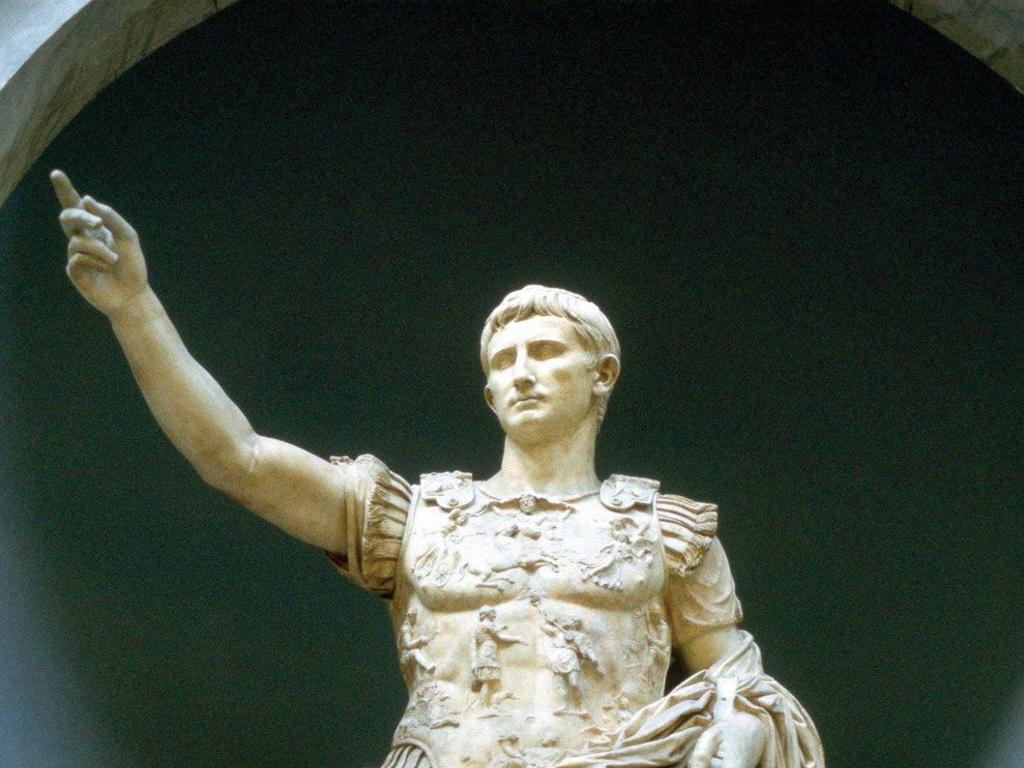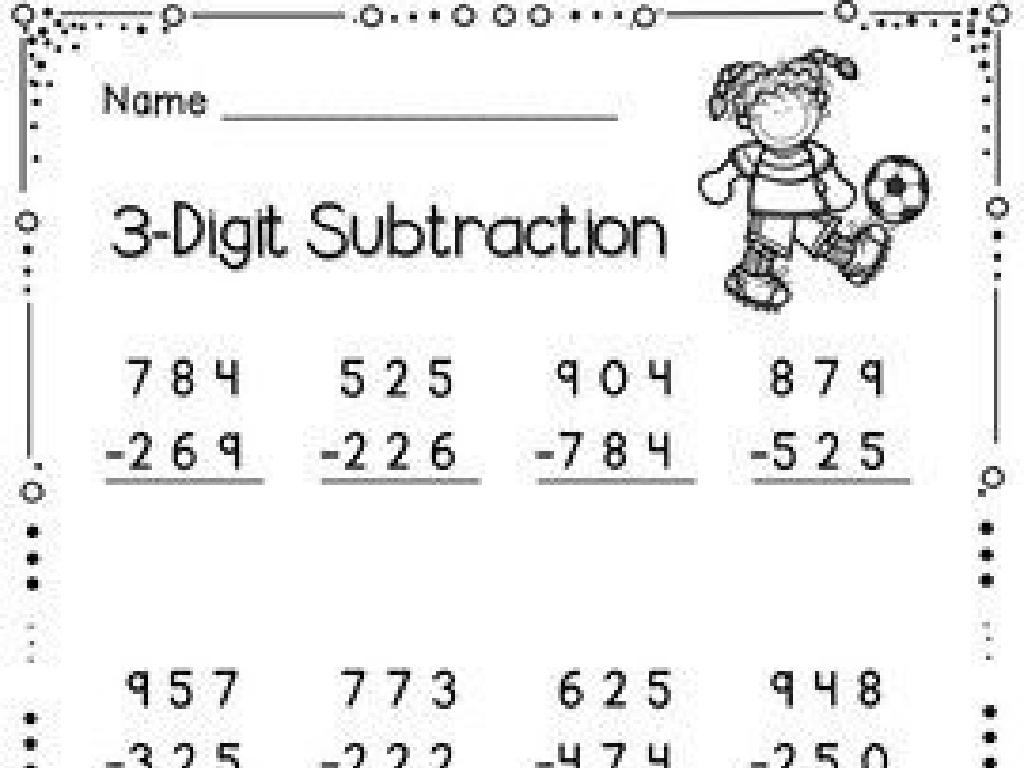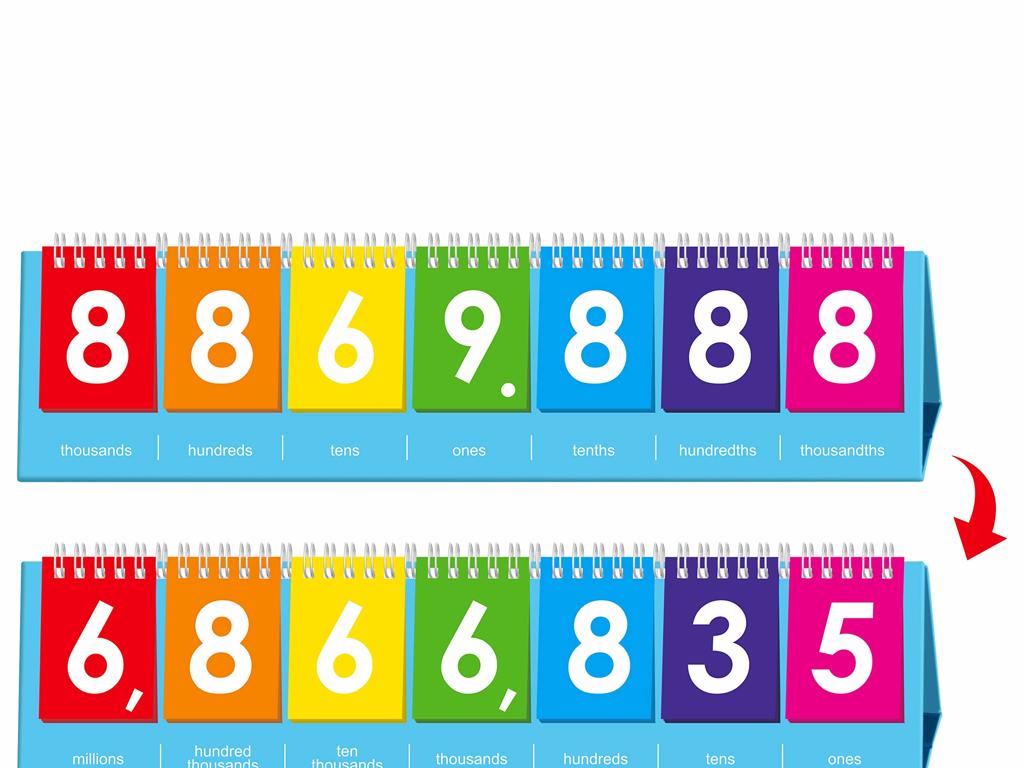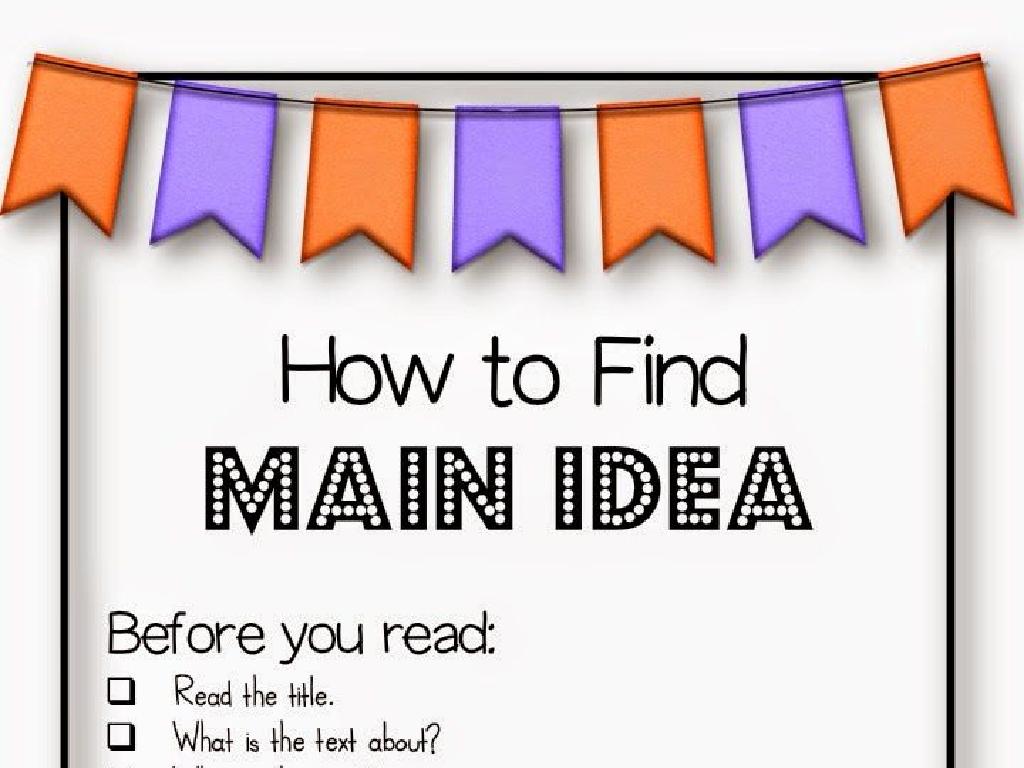Choose The Uppercase Letter That Matches: C, K, O, P, S, U, V, W, X, Z
Subject: Language arts
Grade: Kindergarten
Topic: Lowercase And Uppercase Letters
Please LOG IN to download the presentation. Access is available to registered users only.
View More Content
Welcome to the Alphabet!
– Learn big and small letters
– Uppercase and lowercase names
– Match big letters with small ones
– Find the small letter that looks like the big letter
– Practice with letters C, K, O, P, S, U, V, W, X, Z
– Example: Big C with small c, Big K with small k
|
This slide introduces Kindergarten students to the concept of uppercase and lowercase letters. Explain that big letters, also known as uppercase, are used at the beginning of sentences and with names. Small letters, or lowercase, are used most of the time when we write. Use visual aids to show each uppercase letter with its corresponding lowercase letter. Engage the students in a matching activity where they pair uppercase letters with their lowercase counterparts. Focus on the letters C, K, O, P, S, U, V, W, X, Z. Encourage the students to practice writing both versions of these letters and to identify them in books or in the classroom. This activity will help them recognize and understand the difference between the two types of letters.
Meet the Uppercase Letters!
– Uppercase letters introduction
– Examples: C, K, O, P, S, U, V, W, X, Z
– When to use uppercase letters
– Start names and sentences with uppercase
– Matching game: uppercase to lowercase
– Find the lowercase pairs for C, K, O, P, S, U, V, W, X, Z
|
This slide introduces Kindergarten students to uppercase letters, which are important for proper nouns and the beginning of sentences. Show them the uppercase letters C, K, O, P, S, U, V, W, X, Z and explain that these are just like their lowercase friends but used in special places. For the activity, prepare a matching game where students can draw lines from uppercase to their matching lowercase letters. This will help them recognize the shape and use of uppercase letters in writing. Have additional examples of names and sentences that start with uppercase letters to reinforce the concept.
Matching Uppercase and Lowercase: Letter C
– This is uppercase C
– It matches with lowercase c
– Find the letter c in ‘cat’
– The first letter in ‘cat’ is ‘c’
– Practice writing both C and c
– Use crayons to draw big C and small c
|
Introduce the uppercase letter C to the students, showing them how it looks and explaining that it matches with the lowercase letter c. Use the word ‘cat’ as an example to help them identify the lowercase c in context. Encourage the children to find the letter c in other words they know. As an activity, have the students practice writing both the uppercase C and lowercase c, using crayons or markers to make it fun. You can also provide worksheets with both uppercase and lowercase letters for them to trace and practice their writing skills. This will help reinforce their understanding of the letter shapes and the concept of uppercase and lowercase letters.
Matching Game: Uppercase & Lowercase Letters
– Let’s play a fun letter game!
– I’ll show you a big letter (uppercase)
– Big letters like ‘C’ or ‘K’
– You find the little letter (lowercase)
– Little letters like ‘c’ or ‘k’
– Can you match them correctly?
|
This slide introduces a matching game to help Kindergarten students recognize and match uppercase letters to their lowercase counterparts. Display an uppercase letter on the board and ask the students to find the matching lowercase letter. This activity can be done with flashcards, a worksheet, or an interactive whiteboard. Possible variations of the activity: 1) Have students draw lines to match letters on a worksheet. 2) Play a memory game with letter cards. 3) Use magnets or stickers on a board. 4) Create a letter hunt in the classroom with hidden letters. 5) Pair students up and have them quiz each other. The goal is to make learning letter pairs engaging and memorable.
Letter Friends: Match Upper & Lowercase
– Every letter has a unique shape
– Uppercase & lowercase letters pairing
– Aa, Bb, Cc… each uppercase letter has a matching lowercase buddy
– Same sound, different looks
– ‘C’ sounds like ‘c’ even though they look different
– Let’s find letter friends!
|
This slide introduces the concept of uppercase and lowercase letters to Kindergarten students, emphasizing that while they may look different, they represent the same sound. Use visual aids to show the letter pairs (e.g., Aa, Bb, Cc) and encourage students to draw connections between the shapes and sounds. Engage the class with activities such as matching games where they pair uppercase letters with their lowercase counterparts. Reinforce the idea that uppercase letters are used at the beginning of sentences and for proper nouns, while lowercase letters are used elsewhere. This foundational understanding will help them in reading and writing activities.
Practice Time: Matching Letters
– Match uppercase to lowercase
– Find the big letter’s little buddy
– Use your worksheet for practice
– Each letter has a special worksheet spot
– We’ll do it together as a class
– Your teacher will help you step by step
|
This slide is designed to guide the students through a hands-on activity where they will practice matching uppercase letters to their lowercase counterparts. Provide each student with a worksheet that has uppercase letters on one side and lowercase on the other. Encourage them to draw lines or use stickers to match each uppercase letter with its lowercase friend. Walk around the classroom to assist students who may struggle and ensure everyone understands the concept. Possible activities include letter matching games, finding letters in their names, or sorting letters into uppercase and lowercase groups.
Letter Match Game!
– Find objects starting with C
– Look around for anything that begins with C, like ‘Cat’ or ‘Cup’
– Match uppercase to objects
– Share your items with the class
– Tell us what you found and we’ll see if it matches the letter
– Learn uppercase letters together
– This helps us remember our big letters!
|
This interactive class activity is designed to help Kindergarten students recognize and match uppercase letters with objects around them. It encourages them to explore their environment and associate the beginning sounds of words with the corresponding uppercase letters. For the activity, the teacher will guide the students to find objects in the classroom that start with the letters C, K, O, P, S, U, V, W, X, and Z. After finding an object, the student will share it with the class, helping to reinforce their understanding of the letter and its sound. The teacher should prepare a list of possible objects for each letter in case some students need assistance. Additionally, the teacher can have letter cards available for visual aid. This activity promotes active learning and participation, making the process of learning uppercase letters enjoyable.
Review and Goodbye: Uppercase Letters
– Great job learning letters!
– Uppercase letters are big
– Like big brother of lowercase
– They start names and sentences
– Example: ‘S’ starts ‘Sam’ and ‘Sally’
– Practice letters with family!
– Use flashcards or write them out
|
Today we’ve learned about the difference between uppercase and lowercase letters. Uppercase letters, also known as capital letters, are used to start sentences and names, like ‘A’ in ‘Apple’ or ‘K’ in ‘Kevin’. They are the ‘big’ versions of the ‘small’ lowercase letters. Encourage the children to practice recognizing and writing these letters at home with their families. You can suggest they use flashcards, write their names, or even look for these letters when reading their favorite books. Celebrate their progress and remind them that practice is key to becoming great readers and writers.






